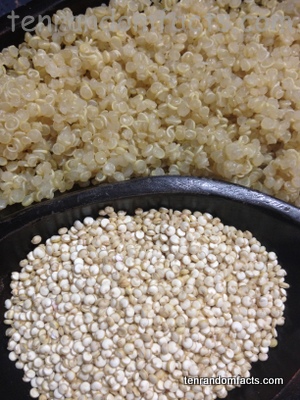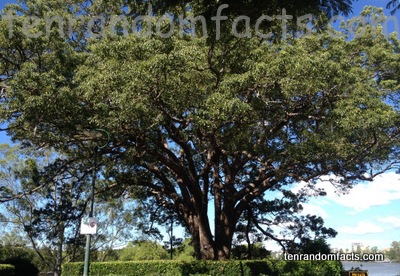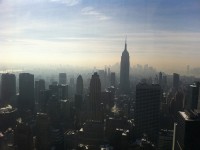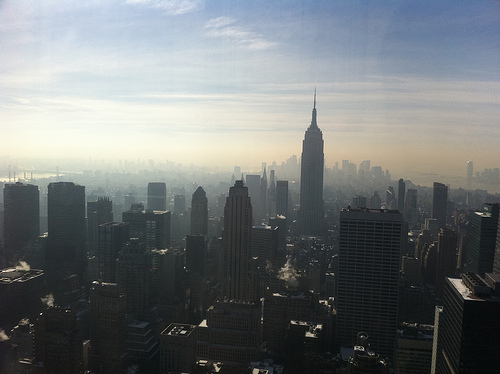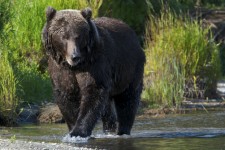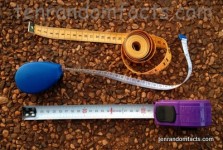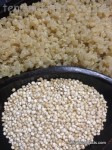
Quinoa is the superfood.
- Quinoa is an edible grain that is native to parts of the central and northern areas of the Andes, in South America.
- The word ‘quinoa’, pronounced ‘KEEN-wah’, in the South American Quechua language is ‘kinwa’, while the English word comes from the Spanish word ‘quinua’, and it has also been dubbed as a ‘super grain’ and a ‘super food’.
- Quinoa is the small edible seed of an annual plant with the same name, that grows to 1 to 2 metres (3.3 to 6.6 feet) in height, of which there are different varieties that produce seeds coloured red, black or white.
- Quinoa has the scientific plant name Chenopodium quinoa, and is a species of goosefoot, from the Amaranthaceae family, the family of amaranths.
- Quinoa is, when raw, covered with a layer of bitter saponin, which is disliked by birds, and is the reason the grain needs washing before cooking.
- Quinoa was the staple grain of the Ancient South and Central Americans, the Incans, Mayans and Aztecs.
- Quinoa is typically not mechanically picked, and instead, picked by hand as the plant ripens individually, although consistent ripening varieties are being established for harvesting by machine.
- In 2011, South America’s Peru was the greatest producer of quinoa, producing 41,200 tonnes (45,400 tons), over half of the total worldwide production, and Bolivia ranked as a close second.
- Quinoa has a nut-like flavour and a texture similar to rice, is gluten free, and high in protein, manganese, magnesium, phosphorus, fibre, iron, copper, zinc and folate, and contains a significant source of other vitamins and minerals.
- Quinoa can be purchased as an uncooked grain, like rice; as a ground flour; and as flakes used like rolled oats; and can be cooked to make a porridge; used instead of rice or couscous; added to salads; and in used as an ingredient in baked goods.
Bibliography:
Quinoa, 2014, The World’s Healthiest Foods, http://www.whfoods.com/genpage.php?tname=foodspice&dbid=142
Quinoa, 2014, Wikipedia, http://en.wikipedia.org/wiki/Quinoa





